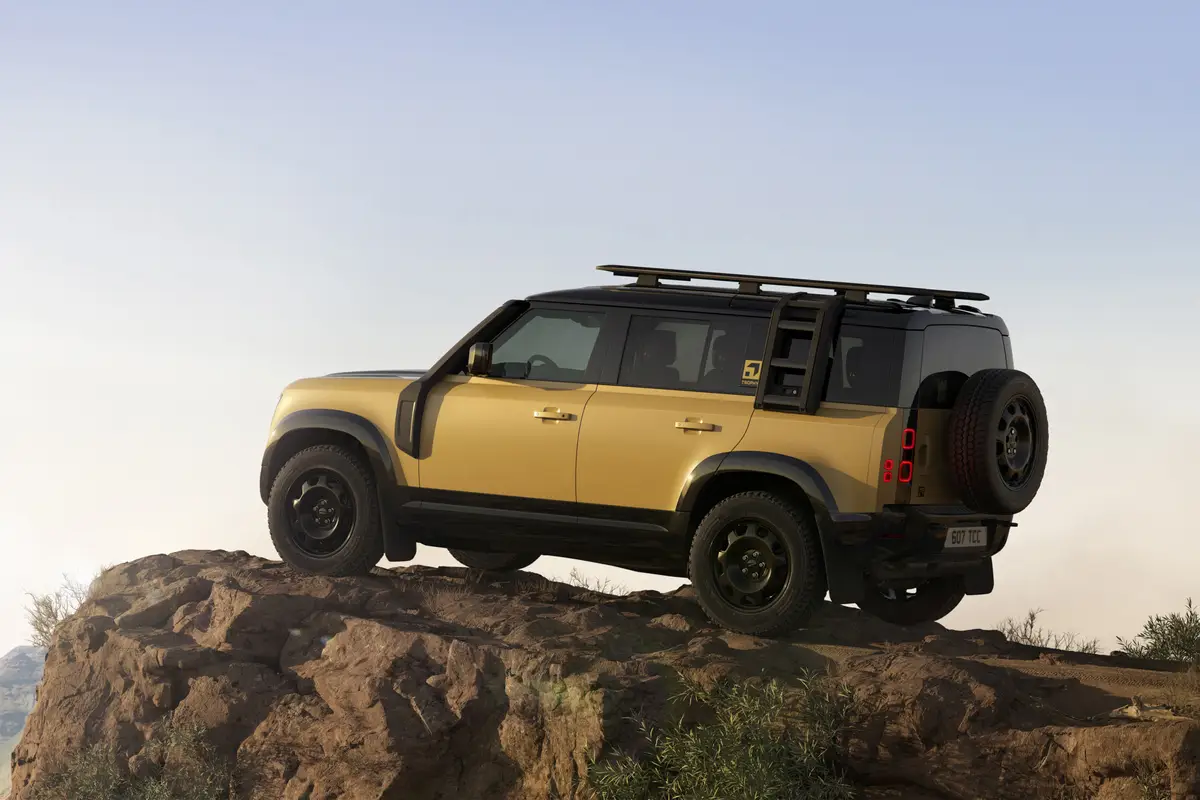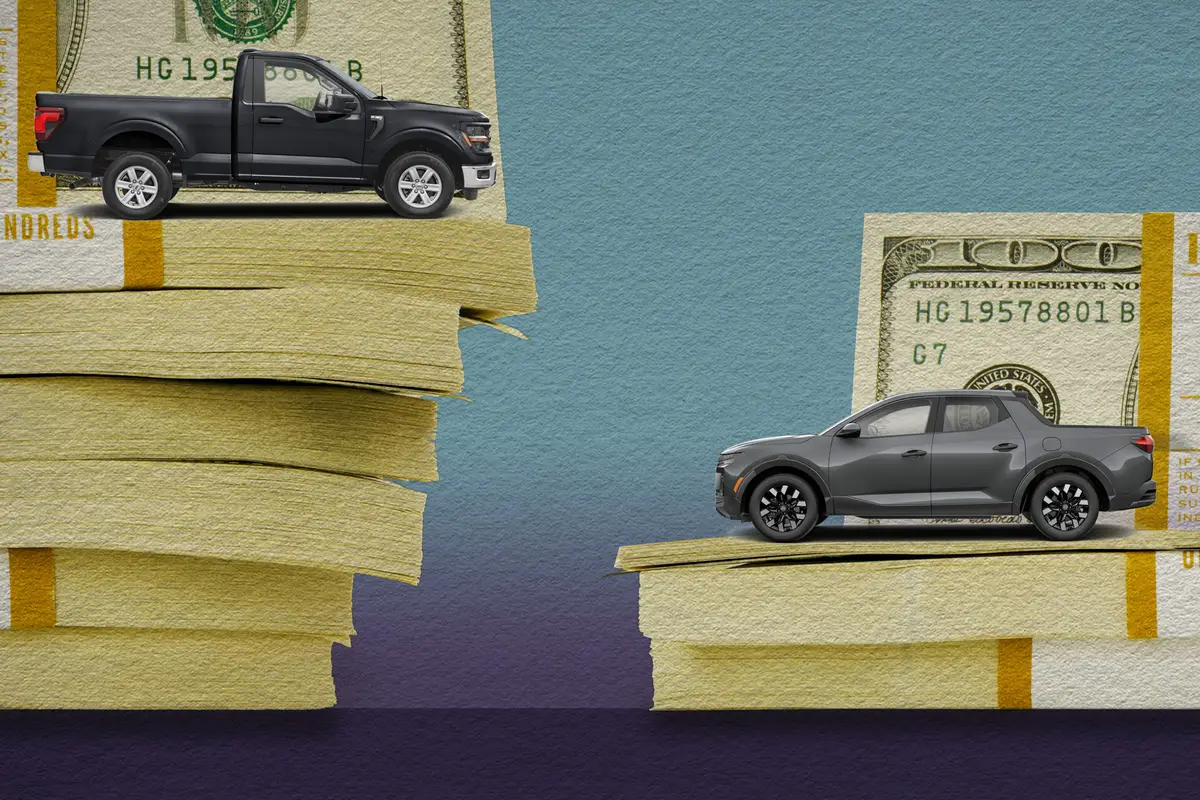chicagotribune.com's view
The first Y2K is here, the 2000 Dodge Neon.
Perhaps you were expecting a car with wings that flew over the rush-hour traffic or a vehicle that runs on grass clippings?
Perhaps we were. Shouldn’t a vehicle that claims bragging rights as the first one with `2000′ in its name be somewhat different than all the others that have passed this way years ahead of it?
It’s not to say Neon isn’t a good car. It is better than the model it replaces. The 2000 version is longer, wider, taller and, therefore, roomier and has better road manners.
But it’s the next-generation Neon, not the next-generation whiz-bang sedan.
OK, it does deserve some kudos, such as taking only 28 months to develop, versus 31 months for the original Neon. And it cost only $703 million to bring to market, versus the $1.3 billion investment in 1994.
And it features molded-in color plastic front fascias and inner door shields made from recycled soft-drink containers.
Chrysler has been talking for a few years about building an all-plastic body car in which the color is added when the plastic is poured in the molds to make the body panels rather than sprayed on at the factory. Other than a rust-free plastic body car, molded-in color means eliminating the factory paint shop, the most expensive step in the assembly process, and cutting production costs by millions.
And speaking of reducing costs, using recycled pop containers not only cuts costs, it also puts discarded bottles to good use.
OK, it also deserves kudos for starter interrupt. If you forget and turn the key to “on” when the engine is idling, the starter disengages so it won’t grind. You’ll save yourself a lot of embarrassment.
Every Cadillac Northstar V-8 has offered starter interrupt for a couple of years, but you don’t find it on any other $12,000 sedan.
Introduced in January 1994 as a Dodge and Plymouth, Neon sales have topped 1.5 million.
You may remember it as the car that went “Yo.” It has grown up, Chrysler says, and is the car that goes, “Hello there.”
Neon is more sophisticated, Chrysler insists, though by sophisticated it doesn’t mean a test bed of space-age technology.
We tested the Dodge Neon ES sedan. The coupe was dropped because few people wanted one and focusing on the sedan platform allows Chrysler to add another vehicle to the Neon lineup in 2001, the PT (Personal Transportation) Cruiser, a sedan/sport-utility hybrid built off the Neon.
The 2000 model looks very much like the ’99, at least until a ’99 pulls up and you notice how much bigger the new one looks, and how teardrop headlamps replaced oval lamps from the “Yo” days. Though it has the look of the old model, the hood, fenders, deck lid, roof and quarter panels are new. The hood slopes sharply, the deck lid stands high.
Chrysler also boasts the vehicle is 37 percent stiffer to provide for smoother, quieter, m ore controlled ride. A larger muffler was added to help quiet noise. Front and rear sway bars were upgraded to provide better balance to improve handling. Front and rear suspension travel was increased and struts were redesigned for smoother ride. The brakes were beefed up to improve stopping capability.
The test car came with optional 15-inch radials rather than the standard 14-inch treads. The larger tires provide more road-holding capability, especially in corners and turns.
But despite the upgrades to suspension and tires, this car does not ride and handle like a Dodge Intrepid. Neon is an economy car offering respectable room and superb fuel economy (25 m.p.g. city/31 highway with automatic), but you will feel the road.
Neon also sports new dimensions: a 1-inch longer wheelbase, to 105 inches; 2.6-inch added overall length, to 174.4 inches; 0.2-inch more width, at 67.4 inches; and a 0.6-inch wider track, at 58 inches.
The longer wh eelbase an d wider track contribute to the more surefooted feeling, versus the machine it replaces. The added length and move to cab forward design plus a slightly wider cabin means the feeling of more room and comfort in the cabin, though, in the back seat, you’ll find knee room a bit tight and your dome resting against the rear glass.
The trunk is large and the rear seat backs split and fold flat if you need more cargo room.
Neon has the same 2-liter, 132-horsepower 4-cylinder teamed with the same 3-speed automatic as in the past, but the 2-liter was upgraded to deliver more low-end torque for quicker response from the light. Still no 4-speed because a 3-speed is cheaper, but even so, the 3-speed is a $600 option more than the standard 5-speed manual.
You’ll experience 4-cylinder and 3-speed commotion. The harder you kick the pedal, the more you’ll get. In fairness, this isn’t an Intrepid, not a V-6, not a 4-speed, so you’ll have to live with some noise.
Anti-lock brakes and traction control are offered in a $740 package. While $740 is stiff, one visit to the body shop would wipe out any savings realized by taking a pass, so bite the bullet and get them.
And this brings us to price. Base price is $12,390. But a $12,390 Neon is like a kitchen without a stove.
Standard equipment includes a steering wheel medallion to tell the Dodge from the Plymouth version, depowered air bags, flip-back console armrest with cup and tissue holders, locking glove box with pen and tire gauge holders, front compartment coin holder (though low under the dash and hard to reach), a storage or garbage bag hook molded into the back of the rear console and programmable door locks that engage at 18 m.p.h.
Our ES test vehicle added option package G for $2,635 in addition to the 3-speed, ABS and traction control. To simplify ordering, Chrysler says, there are two packages, D and G. You don’t pay for D, which includes AM/FM/cassette with six speakers, four cupholders, a 60/40 fold-down split rear seat, intermittent wipers, rear defroster, visor vanity mirrors, floor mats, trunk light, power door locks, remote keyless entry, speed control, height adjustable steering column, trunk lid release and front power windows.
Hmm. If all of that is standard, why does Chrysler call it a no-cost package? Why not just expand the list of standard equipment?
The G package includes air, power for all windows, power for all door locks, power heated foldaway mirrors, security alarm, power trunk release, 15-inch radial tires, tilt steering, fog lamps, tachometer, leather-wrapped steering wheel and shift knob.
With package G, 3-speed automatic, ABS and traction, you are up to almost $4,000 in options.
Our test car kept going with $130 for lights for the vanity mirrors/glove box/underhood/console/rear view mirrors; $225 for speed control; $125 for AM/FM with compact-disc player; $355 for aluminum whee ls; and $500 for freight. Subtract $145 for an ABS discount and $875 for a G package discount.
Say what? Why not just knock $145 off the price of the ABS and $875 off the price of the G package?
Or you can opt for the base model, take the D and forget the G and for $1,000 add air conditioning. If you stick with the 5-speed, no pun intended, you get ABS for $596.
Simplified ordering? You’ll need one of those four cupholders just to hold a Bromo while figuring out your final price.
>> 2000 Dodge Neon ES
© 1999 Chicago Tribune Wheelbase: 105 inches Length: 174.4 inches Engine: 2-liter, 132-h.p. 4-cylinder Transmission: 3-speed automatic Fuel economy: 25 m.p.g. city/31 m.p.g. highway Base price: $12,390 Price as tested: $17,055. Includes $2,635 for option package G with air, power windows, power locks, power mirrors, keyless entry, security alarm, power trunk release, 15-inch radial tires, tilt steering, fog lamps, tachometer, leather-wrapped steering wheeland shift knob; $130 for light group with vanity mirror/glove box/underhood/console/rearview mirror lights; $740 for ABS with traction control; $600 for 3-speed automatic (5-speed manual standard), $225 for speed control; $125 for AM/FM with compact-disc player; $355 for aluminum wheels. Subtract $145 for ABS discount. Add $500 for freight. Pluses: Longer, wider and taller for increased cabin room plus better roadability from longer wheelbase and wider tracking. Neat tear-drop headlamps. Larger trunk. ABS plus traction control. R/T performance sedan coming in 2001. Gives Chrysler a platform to build a new, very attractive small sport-utility vehicle for 2001 called the PT Cruiser. No more two-door coupes. Minuses: Still only a 3-speed automatic to keep the price down. Still some audible commotion from 3-speed and 4 cylinder. Having to wait until the spring of 2000 for the 2001 PT Cruiser. >>
Latest news



